Text
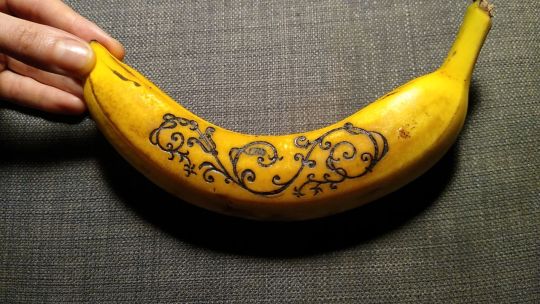
I am a violin maker learning to tattoo so here is a banana with the decoration from the Hellier Strad violin
45K notes
·
View notes
Text
6K notes
·
View notes
Photo

Imagine being the only person alive who can say this
186K notes
·
View notes
Text
a garbage man ran out of the bushes in front of my car, which is fine because I’m used to deer on that road and was already driving carefully, but I’m so used to deer that instead of like, watching the truck to see if he was crossing again I watched the bushes he’d come from in case there were like. 1-2 smaller, frailer garbage men following him I guess.
82K notes
·
View notes
Text


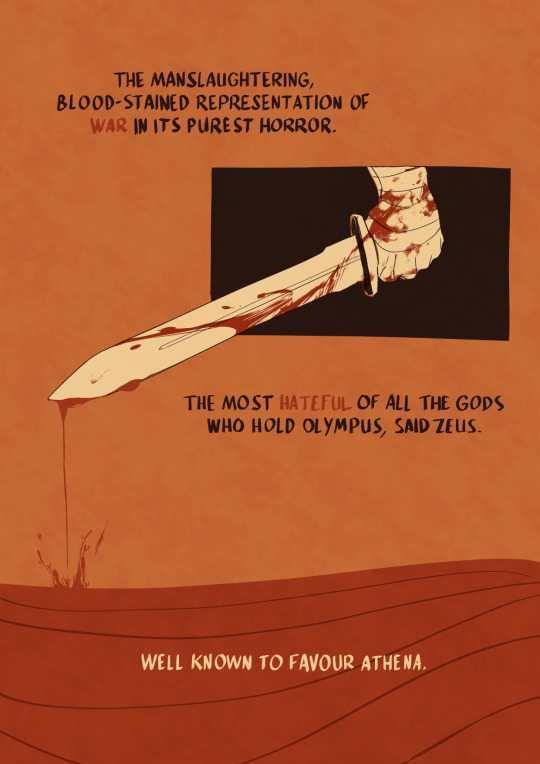
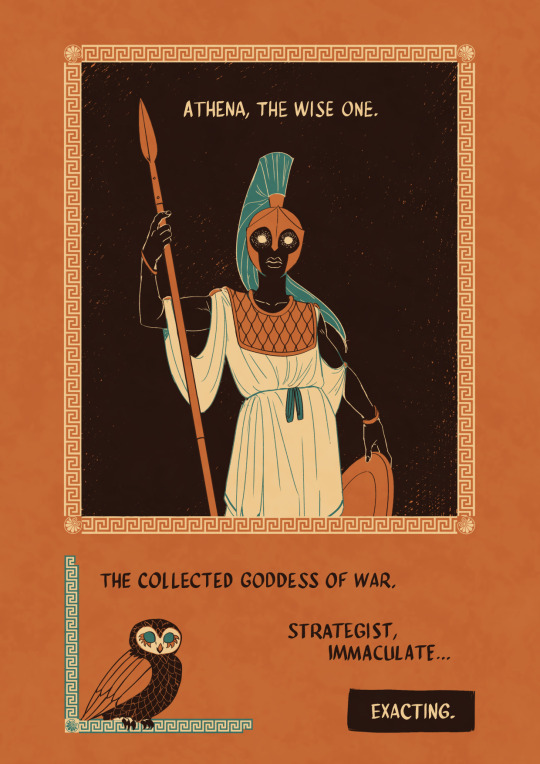
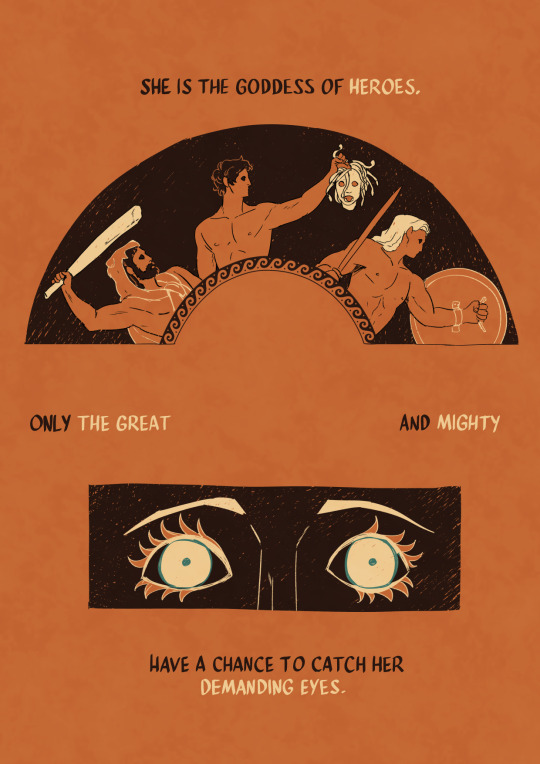

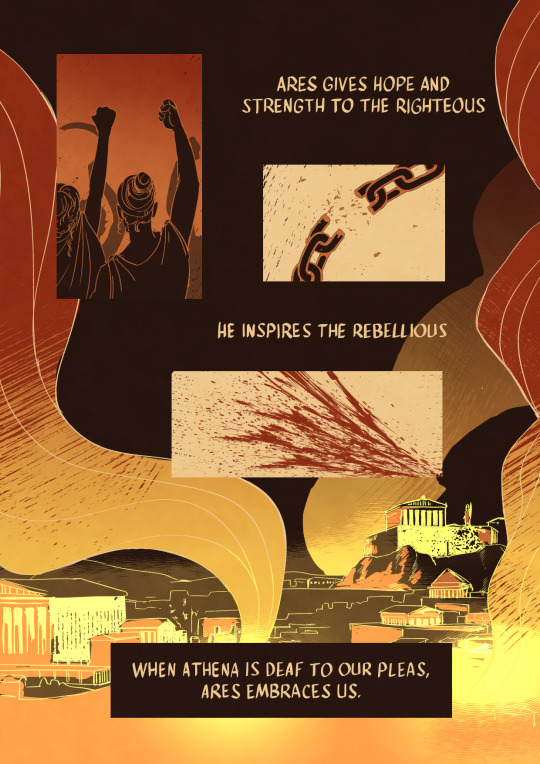
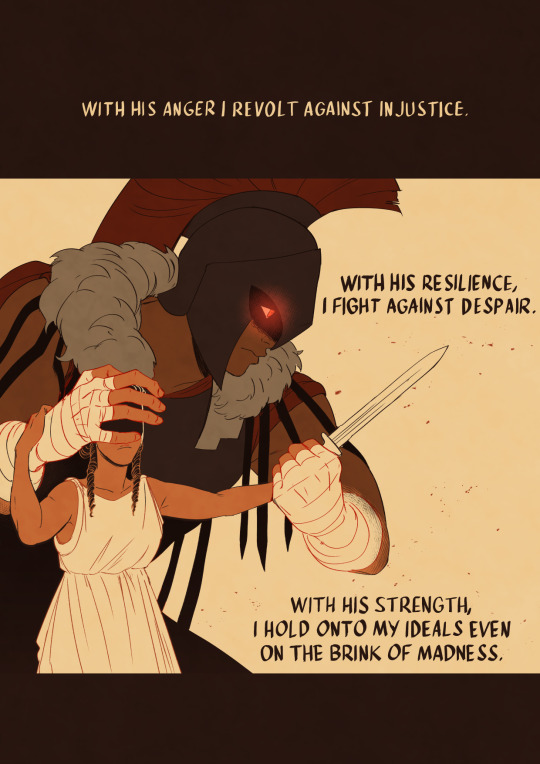
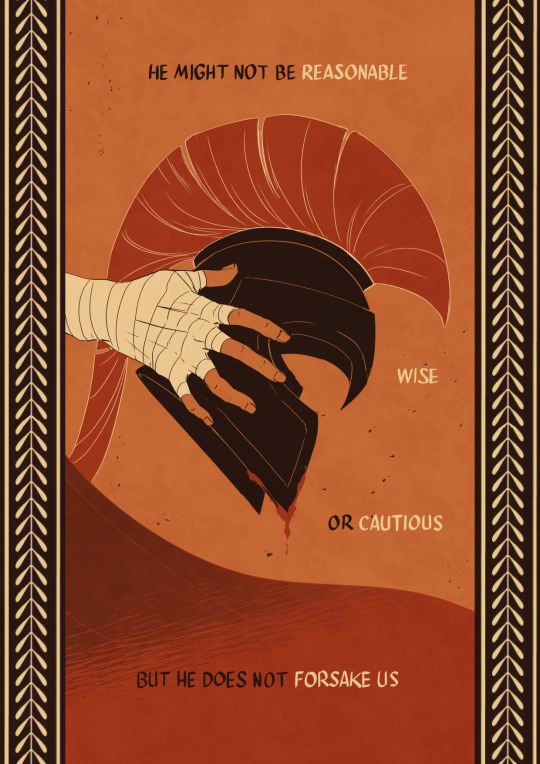
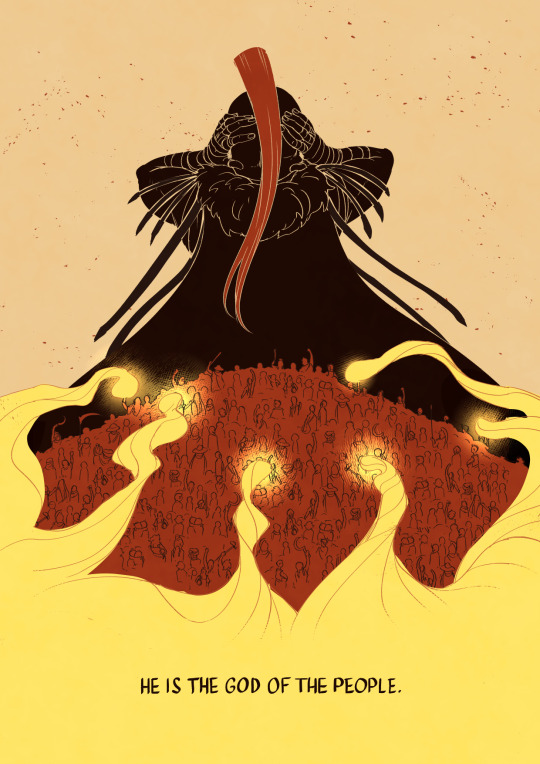
I turn to Ares.
Thanks to Tyler Miles Lockett who allowed me to draw inspiration from his ARES piece for page 2! Look at his etsy page it's SICK
⚔️ If you want to read some queer retelling of arturian legends have a look at my webtoon
64K notes
·
View notes
Text
You know we only ever really "learn" how to bathe in our youth as it is taught to us by our parents and from then on most people kinda just bathe the same way right. And like barring actively deciding to do it the only way most people change their bathing habits is if they bathe with a loved one and get convinced to do somethi g different in the bath bc its cleaner/faster/whatever bc of them. Ok heres the thesis statement. The lack of communal bathing in society is holding us back from discovering The Ultimate Bathing
59K notes
·
View notes
Text
in guarani there's a standard greeting that literally translates to "are you happy" (ndevy'apa) and the natural reply is "i'm happy" (avy'a) and as americans learning the language we were so distressed like "but what if we're not happy....." and our teachers were like "that's so not the fucking point"
we kept trying to think of any other way to reply but our teachers kept trying to get it into our brains that it's an idiomatic greeting, it literally is not the time or place to traumadump, and as usamerican english speakers we are not some special exception for saying "what's up" with the reply being "not much" instead of "the ceiling"
but anyway while i was working in paraguay -- the country with the largest population of guarani speakers -- i got sent an article by some friends back home like "look! they're saying that paraguay is the happiest country in the world!"
and the methodology was "we went around and asked paraguayans if they're happy and recorded their responses" and i was like. oh. of course you did. and of course you got a 100% positive response rate.
7K notes
·
View notes
Text
you have to stay alive. you're going to be such a beautiful middle aged freak. young freaks will see you in the street and know that things can be okay.
#i wanna be Old and Weird#being middle aged and weird is already awesome#cannot wait to gove LESS fucks
103K notes
·
View notes
Text
do i ship these characters or do i want them to form a sketch comedy duo
52K notes
·
View notes
Text
FWIW, "mauve" was one of the coal-tar dyes developed in the mid-19th century that made eye-wateringly bright clothing fashionable for a few decades.
It was an eye-popping magenta purple
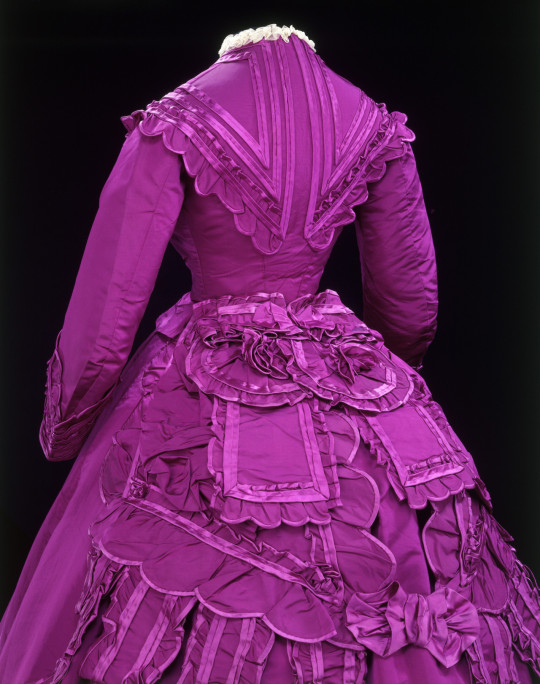
HOWEVER, like most aniline dyes, it faded badly, to a washed-out blue-grey ...
...which was the color ignorant youngsters in the 1920s associated with “mauve”.
(This dress is labeled "mauve" as it is the color the above becomes after fading).

They colored their vision of the past with washed-out pastels that were NOTHING like the eye-popping electric shades the mid-Victorians loved. This 1926 fashion history book by Paul di Giafferi paints a hugely distorted, I would say dishonest picture of the past.
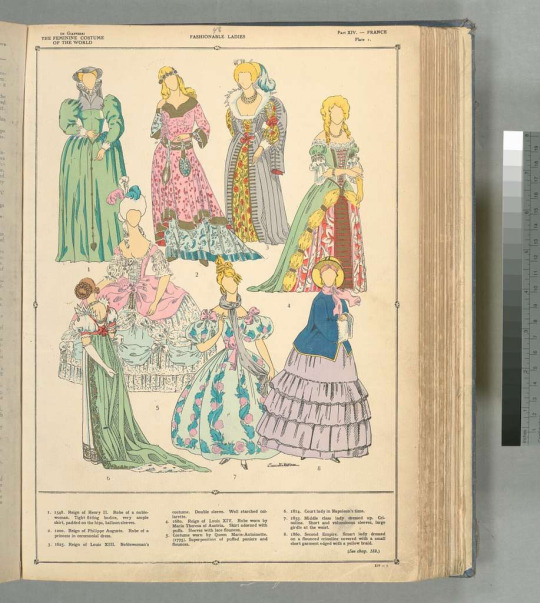
Ever since then this faded bluish lavender and not the original electric eye-watering hot pink-purple is the color associated with the word “mauve”.

18K notes
·
View notes
Text
i hate when i send someone a meme in another language and they're like "uhm... translate? 😒" fucker i sent you a meme where 90% of the words have an english cognate and/or you don't need to know what they're saying to find it funny. can you at least TRY
68K notes
·
View notes
Text
My Biggest and Most Annoying Fictional Horse Pet Peeve
Big Horses are a Very New Thing and they Likely Didn’t Exist in your Historical and/or Fantasy Settings.
You’ve all seen it in every historical piece of media ever produced. Contrary to popular belief, a big black horse with long legs and long flowing mane is not a widespread or even a particularly old type of horse.

THIS IS NOT A MEDIEVAL THING. THIS IS NOT EVEN A BAROQUE THING. THIS IS A NINETEENTH CENTURY CITY CARRIAGE HORSE.
All the love to fancy Friesian horses, but your Roman general or Medieval country heroine just really couldn’t, wouldn’t, and for the sake of my mental health shouldn’t have ridden one either.
Big warmblood horses are a Western European and British invention that started popping up somewhere around 1700s when agriculture and warfare changed, and when rich folks wanted Bigger Faster Stronger Thinner race horses.
The modern warmblood and the big continental draught both had their first real rise to fame in the 1800s when people started driving Fancy Carriages everywhere, and having the Fanciest Carriage started to mean having the Tallest and Thinnest Horses in the town.
Before mechanised weaponry and heavy artillery all horses used to be small and hardy easy-feeders. Kinda like a donkey but easier to steer and with a back that’s not as nasty and straight to sit on.
SOME REAL MEDIEVAL, ROMAN, OTTOMAN, MONGOL, VIKING, GREEK and WHATEVER HISTORICALLY PLAUSIBLE HORSES FOR YOU:
“Primitive”, native breeds all over the globe tend to be only roughly 120-140 cm (12.0 - 13.3 hh) tall at the withers. They all also look a little something like this:
Mongolian native horse (Around 120-130 at the withers, and decendants of the first ever domesticated horses from central Asia. Still virtually unchanged from Chinggis Khan’s cavalry, ancestor to many Chinese, Japanese and Indian horses, and bred for speed racing and surviving outdoors without the help of humans.)

Carpathian native horse / Romanian and Polish Hucul Pony (Around 120-150 at the withers, first mentioned in writing during the 400s as wild mountain ponies, depicted before that in Trajanian Roman sculptures, used by the Austro-Hungarian cavalry in the 19th century)

Middle-Eastern native horse / Caspian Pony (Around 100-130 at the withers, ancestor of the Iranian Asil horse and its decendants, including the famous Arabian and Barb horses, likely been around since Darius I the Great, 5th century BC, and old Persian kings are often depicted riding these midgets)
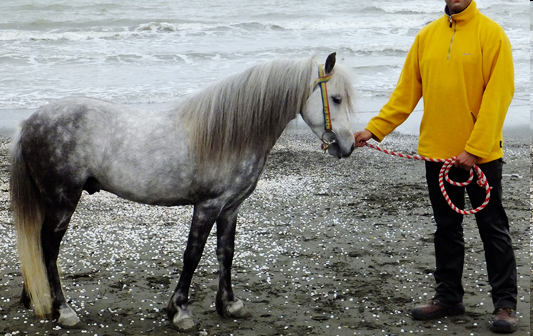
Baltic Sea native horse / Icelandic, Finnish, Estonian, Gotland and Nordland horses (Around 120-150 at the withers, descendant of Mongolian horses, used by viking traders in 700-900 AD and taken to Iceland. Later used by the Swedish cavalry in the 30 years war and by the Finnish army in the Second World War, nowadays harness racing and draught horses)

Siberian native horse / Yakutian pony (Around 120-140 at the withers, related to Baltic and Mongolian horses and at least as old, as well-adapted to Siberian climate as woolly mammoths once were, the hairiest horse there is, used in draught work and herding)

Mediterranean native horse / Skyros pony, Sardinian Giara, Monterufolino (Around 100-140 at the Withers, used and bred by ancient Greeks for cavalry use, influenced by African and Eastern breeds, further had its own influence on Celtic breeds via Roman Empire, still used by park ranger officers in Italy)
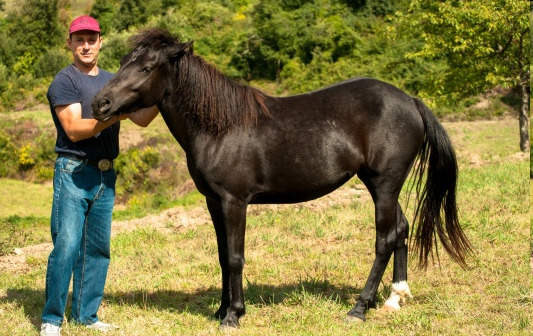
British Isles’ native horse / various “Mountain & Moorland” pony breeds (Around 100-150 at the withers, brought over and mixed by Celts, Romans and Vikings, base for almost every modern sport pony and the deserving main pony of all your British Medieval settings. Some populations still live as feral herds in the British countryside, used as war mounts, draught horses, mine pit ponies, hunting help and race horses)

So hey, now you know!
64K notes
·
View notes
Text
You, a heroic paladin have successfully slain a fearsome dragon. But the dragon warns you that death is but a door, and dragons don’t die, they reincarnate. You paid it no mind….until your son was born with golden, slitted eyes.
26K notes
·
View notes

